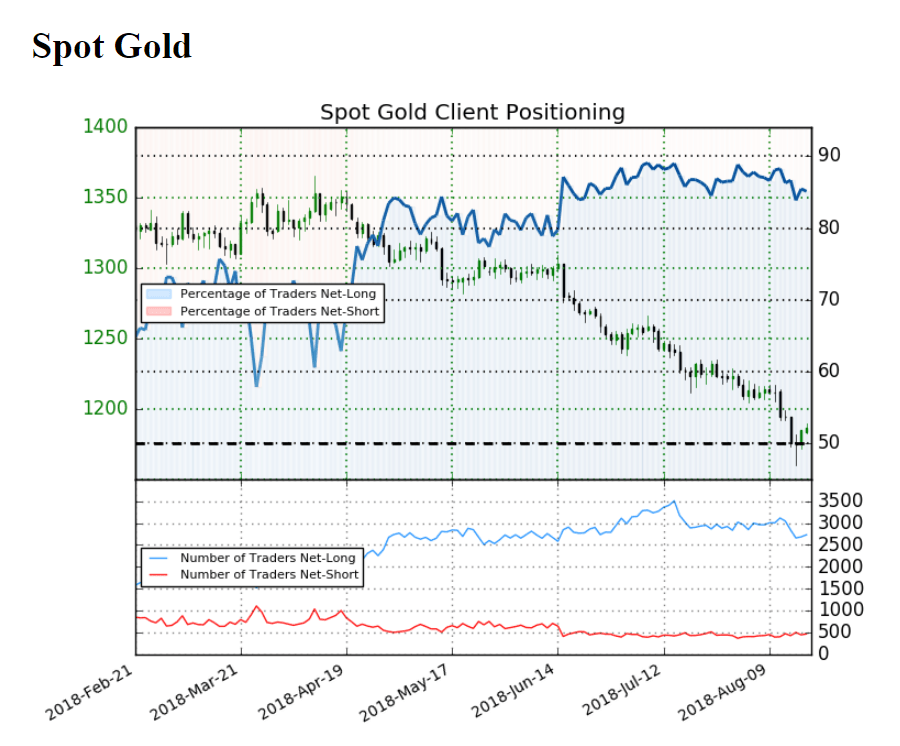Hold onto your hats, folks! The tin market is getting rocked today as Alphamin Resources, a major tin producer, announced the full resumption of operations at its Bisie mine in the DRC. The response was immediate – a brutal night session for Shanghai tin futures, with prices plummeting over 3000 points. Let’s be clear: this isn’t just profit-taking; this is a fundamental shift in market sentiment.

The Bisie mine was previously operating at reduced capacity due to ongoing logistical and security challenges. Now, with those hurdles seemingly cleared, the market is bracing for a surge in supply. This flood of tin onto the market is hitting at a time of already concerning demand signals for several key sectors.
Let’s talk fundamentals. Tin is crucial in soldering, a key component in electronics. But global tech demand is…softening, shall we say? We’re seeing slowdowns in consumer electronics, and the automotive sector, a growing consumer of tin for battery terminals and alloys, is facing its own headwinds.
Furthermore, Alphamin isn’t just a small player. They represent a significant chunk of global tin supply. Their full output restores stability, but simultaneously removes the supply-side support we’ve seen over the past months, driven by those production issues.
Now, is this a buying opportunity? Maybe, eventually. But don’t try to catch a falling knife. Expect further volatility in the short term. Traders are likely to remain cautious until we see concrete evidence that demand can absorb this increased supply. I’m advising my followers to stay on the sidelines for now – let the dust settle before even thinking about re-entry.
Tin Market Deep Dive: Understanding Supply and Demand Dynamics
Tin’s price is heavily influenced by the delicate balance between supply and demand. Any significant change in either factor can trigger substantial price swings. Historically, tin has been subject to supply disruptions, often tied to geopolitical instability in key producing regions, like the DRC.
Demand for tin is driven primarily by the electronics industry, particularly soldering. However, its use is diversifying, with growing applications in batteries and specialty alloys. This broader industrial use is becoming increasingly important for its long-term price resilience.
Understanding the logistical challenges involved in moving tin from mines to manufacturers, like those Alphamin recently overcame, is critical for anticipating price moves. These bottlenecks can artificially constrict supply, creating temporary price spikes.





